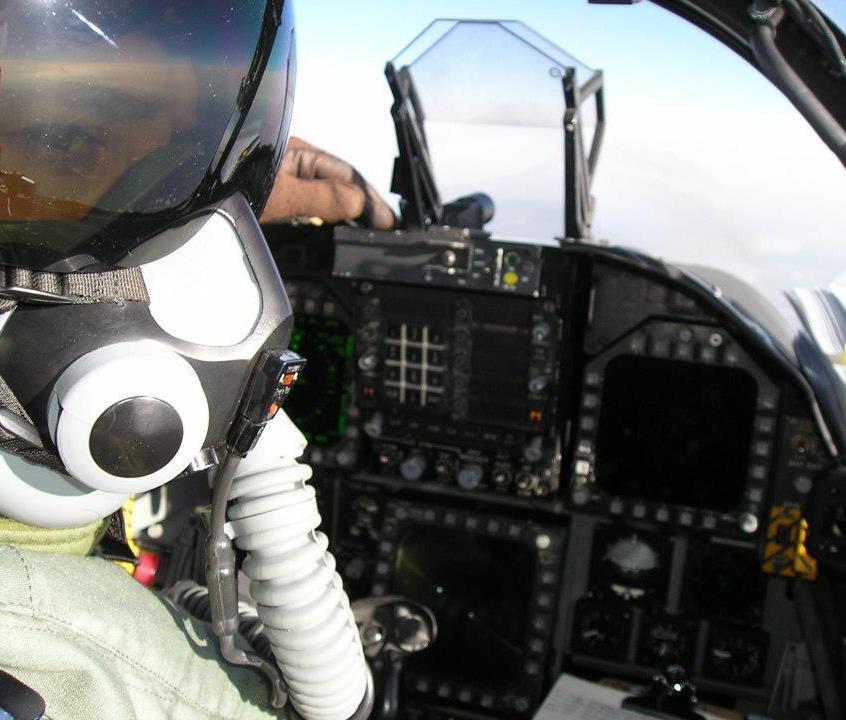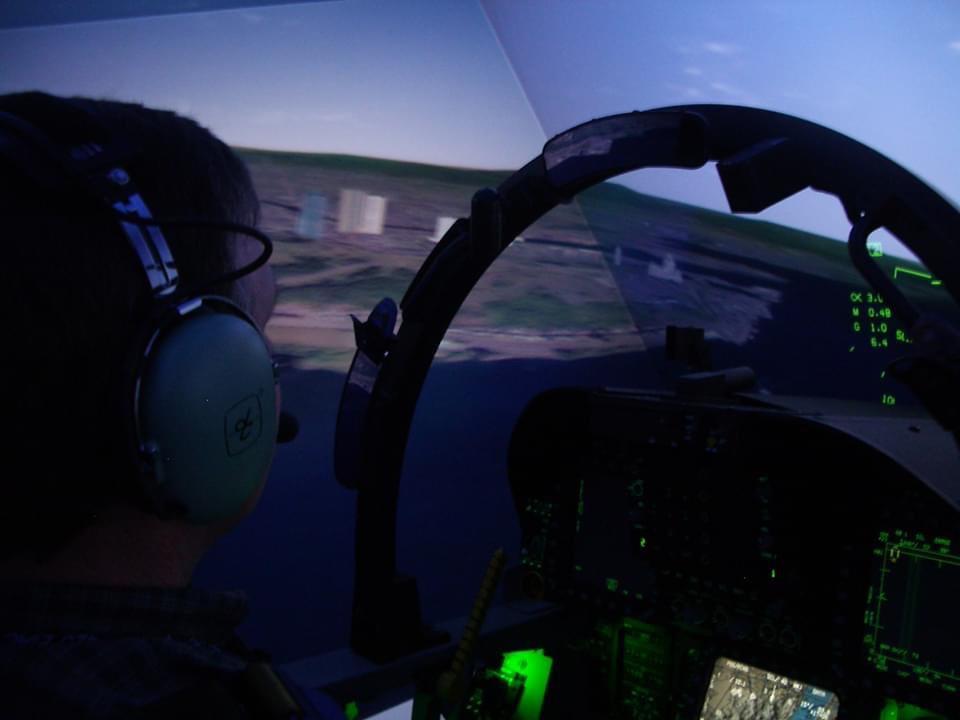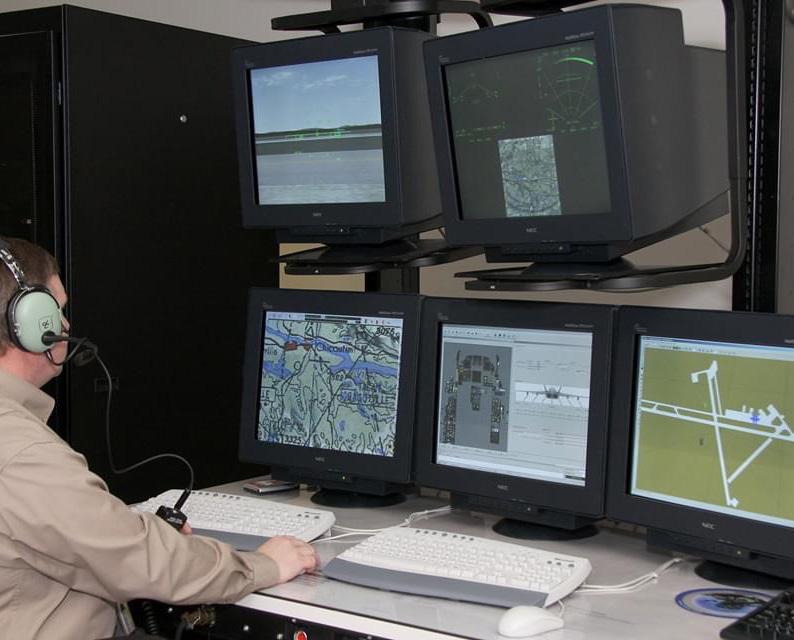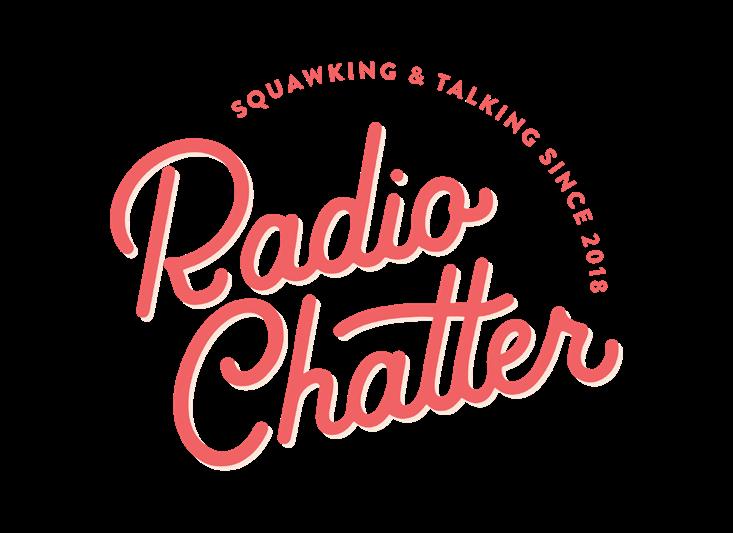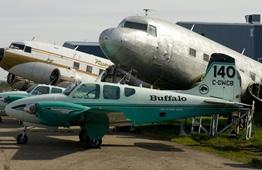
4 minute read
I Learned about Flying from That Contributed by Greg Matte, GM
I Learned about Flying from That VFC Manager BGen (Ret’d) Gregory C.P. Matte, CD, PhD
Last month, I addressed the perishability of our pilot skills, and the importance of recognizing our limitations in terms of both our training and our currency. Given that we are working hard to reinvigorate the VFC’s advanced multi-engine/IFR training by bringing the Piper Seminole back on line (awaiting an engine change) as well as with the ongoing rebuild project on our Beechcraft Travel Air 95, I wanted to focus on the importance and enjoyment of instrument flying.
Advertisement
The perishable nature of our flying skills requires continuous practice of the basics to ensure that we remain safe and effective as aviators. In a way, the nature of this perishability is captured in the simple truism of "use it or lose it." In addition to remaining proficient in the basic flight skills in VMC conditions (e.g. PFLs, stall recovery, etc.), is the ability to retain a basic proficiency on instruments. Arguably, these should be embraced as “life skills” for pilots, similar to teaching children how to tread water and swim at a young age. As a minimum, such basic instrument flying skills would include the ability to maintain straight and level flight, to safely execute a turn in IMC conditions without stalling, and to recover from “unusual attitudes” to avoid losing control of one’s aircraft.
Far too many pilots have met a tragic outcome when they inadvertently found themselves in unexpected IMC conditions on what had planned to be a VFR flight. The sudden development of a fog bank, when the temperature / dew point spread is only a degree or two apart, is not uncommon in our flying area due to the land-sea interface and numerous, localized microclimates. Night VFC is even more insidious, as it’s far more difficult to see lowering cloud ceiling or the development of mist or fog in advance of our flight path. One only needs to reflect on the accident investigation following the tragic deaths of John Kennedy Jr., along with his wife and sister-in-law, on the fateful evening of July 16, 1999 off the coast of Martha’s Vineyard. He did not have an instrument rating, and found himself in deteriorating, night VMC conditions, and likely became spatially disoriented prior to losing control of his Piper Saratoga.
While a basic introduction to instrument flying is part of PPL training, and becomes the focus of multi-engine IFR training, this is a skill that should be given particular attention to ensure one retains the necessary competence and confidence to deal with unexpected, deteriorating weather conditions in flight. When I was the Wing Commander of 4 Wing Cold Lake, despite having well over 2000 hours on the CF-18 as well as Top Gun training and previous qualifications that included “mass attack lead” (meaning the demonstrated ability to plan and lead an air armada of dozens of mixed-type aircraft on a coordinated combat mission), I was only able to fly once a week at best. As such, I sadly witnessed the decline in my tactical abilities on the CF-18 as well as my overall flying skills. In recognition of this the simulator became an ally, and I would routinely “hop in the sim” (when my busy schedule permitted) to practice the basics; namely emergency procedures and IFR approaches.
For those who are embarking upon their ME/IFR training, or who are part way into seeking their rating, I would be remiss not to emphasize the many positive benefits of such training. I always enjoyed flying “on the dials” as I found it would allow me to continuously hone my flying skills as measured by the precision of my altitude control, airspeed management and effectiveness of my approaches. I also found it to be the ultimate test of developing spatial awareness; the ability to not only “fly the dials” but also to have an accurate mental picture
of my 3-dimensional positioning in the airspace, whether in transition terminal airspace, entering a hold, or executing an approach.
With time and practice a pilot becomes increasingly adapt at flying the aircraft accurately allowing for apportioning greater attention to spatial awareness / cognition of one’s movement in the airspace, around hazards, through the incorporation of both off-board navigational aids as well as onboard navigational tools (INS, GPS, FMS, etc.). There is a great deal of satisfaction in achieving the culmination point of IFR training where one successfully combines their knowledge of the IFR rules and regulations, instrument flying skills, and spatial orientation with the challenge of shooting an approach to an unfamiliar airport and “pinning” the ILS localizer and glide path all the way to minimums and a safe landing. Add on the occasional in-flight practice emergency to draw one out of one’s comfort zone, and this further contributes to a pilot’s confidence, competency and airmanship. For those seeking to move “onwards and upwards” to obtain their ATPL and a career as an airline pilot, such recurring training in a high fidelity simulator will become an essential part of maintaining your currency.
The bottom line is that in addition to maintaining currency with one’s basic VFR flying skills, with or without an instrument rating, it’s important to maintain one’s capability and confidence to “fly the dials”, as it truly is a lifesaving skill for all pilots. The Redbird is a safe and effective way to maintain such skills, but flying “under the hood” with a Flight Instructor is even better. With HDP coming back on line for ME/IFR training, now is the time to book the Redbird in advance of advanced flight training in the air.
